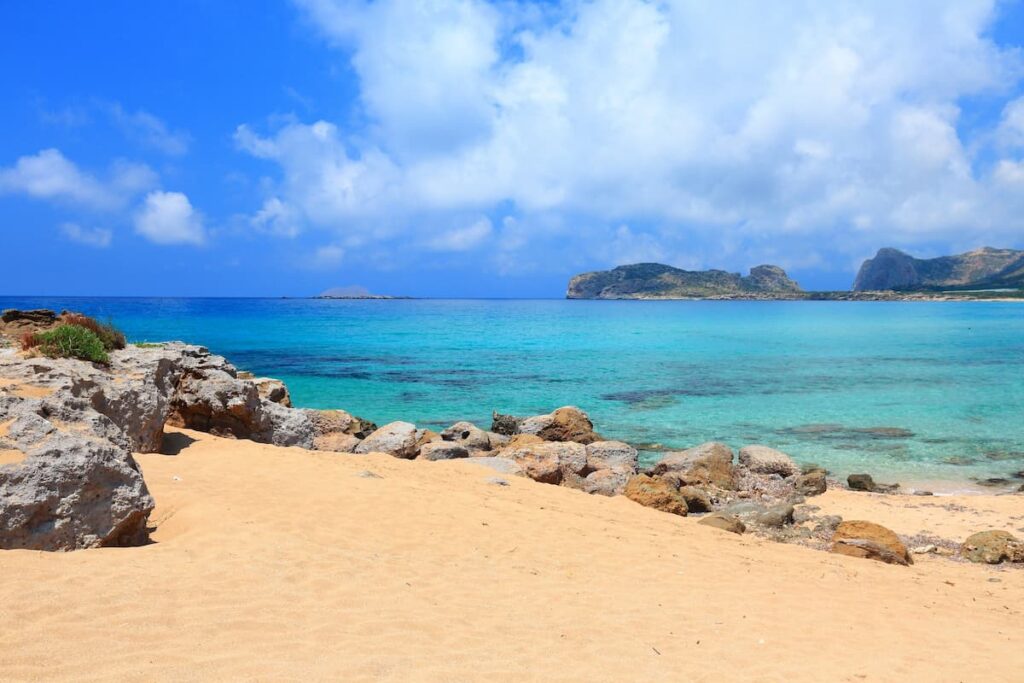The northwestern coast of the United States faces a hidden but growing threat that could drastically reshape its future. A recent study has revealed how two powerful natural forces—tectonic activity and climate change—are converging in this region, increasing the risk of flooding and permanent land loss.
While the scenic coastline of the Pacific Northwest appears stable, experts have modeled the consequences of a major earthquake in the Cascadia subduction zone. Their findings suggest that coastal communities are far more vulnerable than previously thought.
The Invisible Threat Beneath the Surface
The Cascadia subduction zone is a geological fault where the Juan de Fuca tectonic plate is slowly sliding underneath the North American plate. This movement is responsible for forming the Cascade mountain range and has the potential to unleash powerful earthquakes. Although the region has not experienced a massive quake in centuries, the possibility of one occurring remains ever-present.
According to recent simulations, if a large earthquake were to strike this zone, it could cause the land along the coast to suddenly sink by as much as 6.5 feet (2 meters). This ground subsidence would not only damage infrastructure but also increase the exposure of low-lying areas to ocean flooding. The effects would be long-lasting—unlike tsunamis or seismic shaking, this type of sinking can endure for decades or even centuries, permanently altering the coastline.
Sea Level Rise + Earthquakes = Triple the Risk
As if subsidence alone weren’t enough, the gradual rise of sea levels caused by climate change is compounding the danger. When both factors are combined, the areas at risk of coastal flooding could triple in size.
The study compared potential flooding scenarios with and without the occurrence of a major earthquake. The difference is alarming. A powerful quake could immediately add 116 square miles (300 km²) to flood-prone regions. And as sea levels continue to rise, the total additional area at risk could reach 143 square miles (370 km²) in the coming decades.
This dual threat presents an unprecedented challenge for local governments, urban planners, and residents. Once the coastline sinks, higher water levels will make it even harder to keep ocean water from encroaching inland. And since the process of land subsidence unfolds over a long time, the full extent of damage may not be immediately visible, making preparedness all the more essential.
Critical Infrastructure in the Crosshairs
The projected expansion of flood zones isn’t just a rural or environmental issue—it directly threatens critical infrastructure that millions of people rely on. Wastewater treatment plants, airports, and other essential services located along the coast are particularly at risk.
These facilities are often built close to sea level and were not designed with long-term ground sinking in mind. If they become submerged or cut off due to rising water, entire communities could face serious disruptions in transportation, sanitation, and emergency response. This makes it crucial for public officials and infrastructure managers to develop emergency plans that account not only for natural disasters but also for the slow, creeping effects of subsidence.
Preparing for a Changing Coastline
The coastline of the Pacific Northwest has been gradually rising in recent history, a natural process that has somewhat counterbalanced rising sea levels. However, that trend is expected to reverse soon, further increasing the urgency to act.
Communities in this region must start preparing now for a future that could look dramatically different. Coastal zones that seem safe today might become high-risk flood areas within a few decades. Unlike typical natural disasters that strike suddenly and pass, the combination of subsidence and sea level rise is a slow but relentless process. Its impacts, though gradual, are no less dangerous.
By understanding how tectonic activity and climate change interact, local authorities and residents can make more informed decisions about where to build, how to adapt infrastructure, and when to implement safety measures. Ignoring these warnings could lead to significant long-term damage—physically, economically, and socially.
The Pacific Northwest stands at a crossroads where natural geology and human-driven climate trends intersect. While the majestic coastal landscapes continue to draw admiration, they are also silently shifting beneath the surface. Without proactive planning and awareness, parts of this iconic U.S. coastline could literally disappear into the sea.


